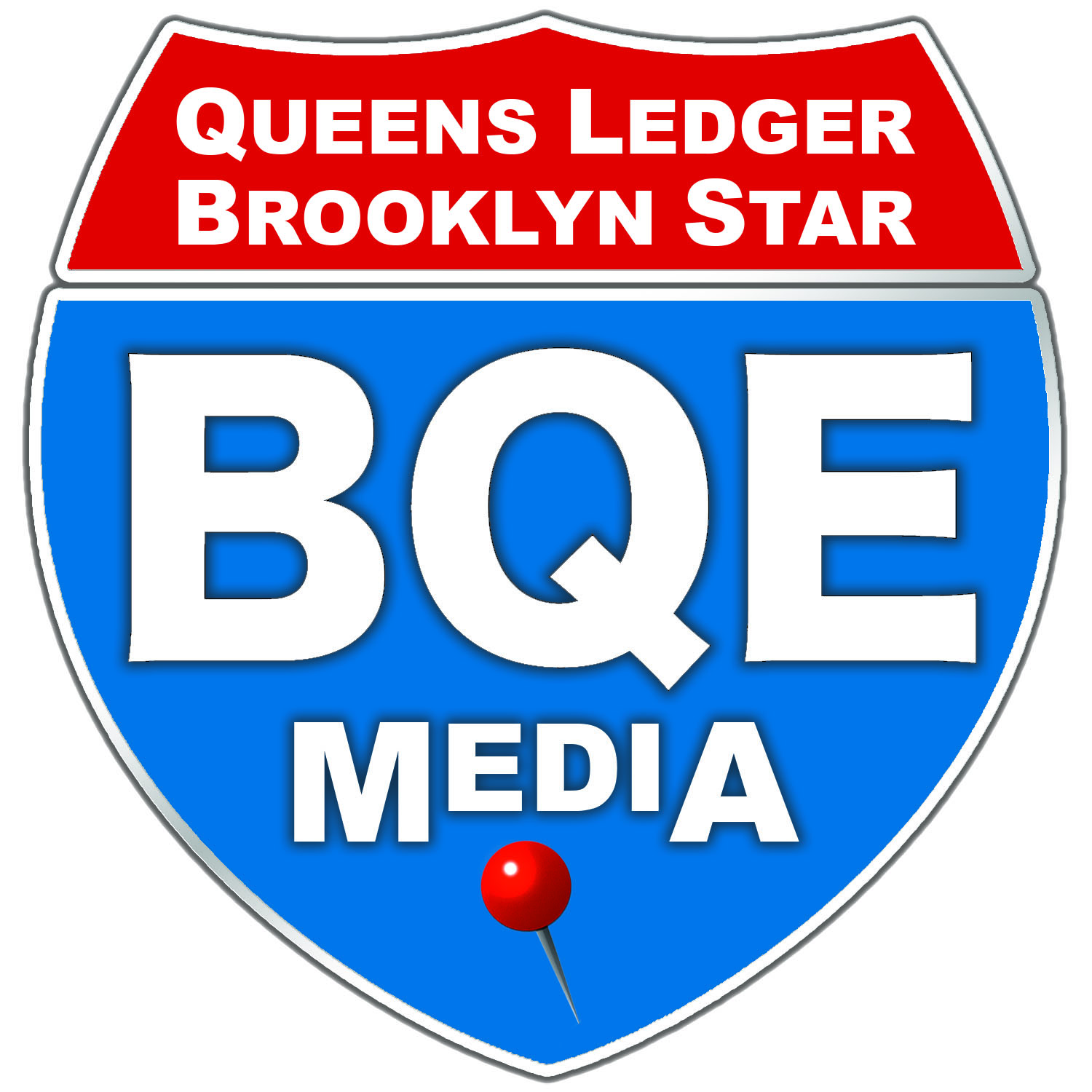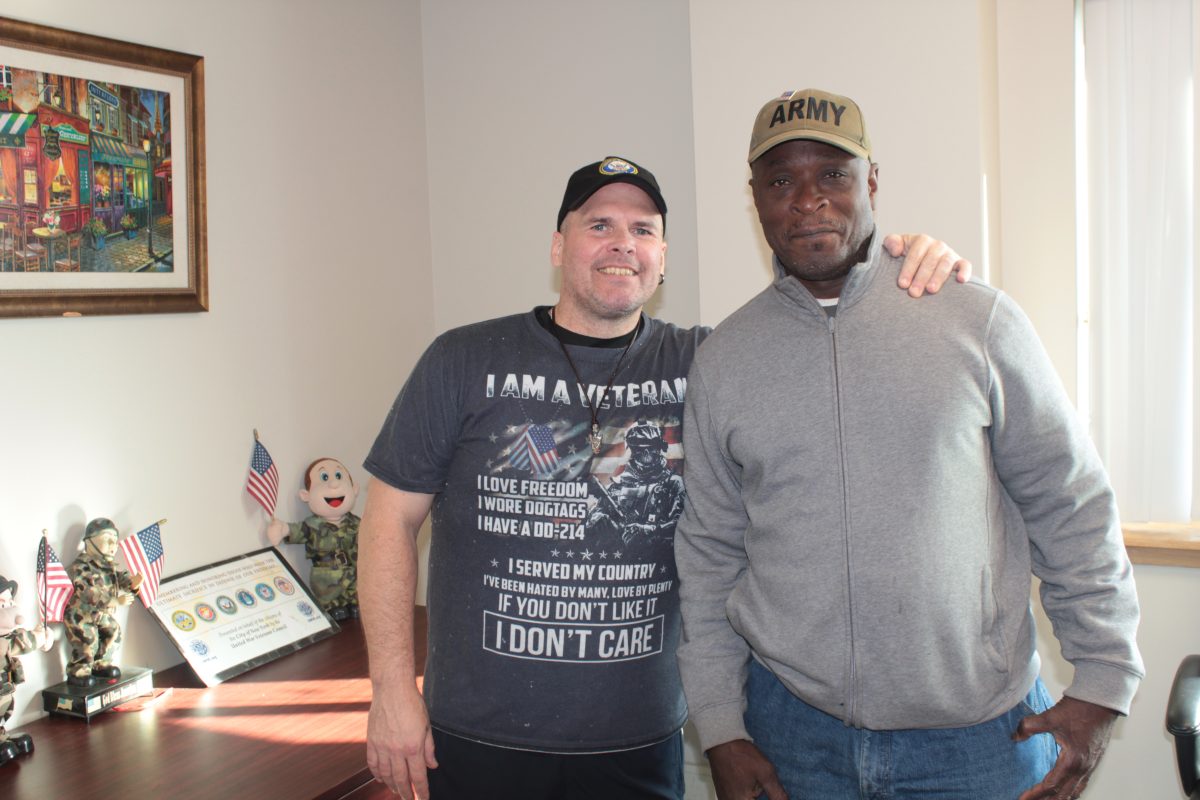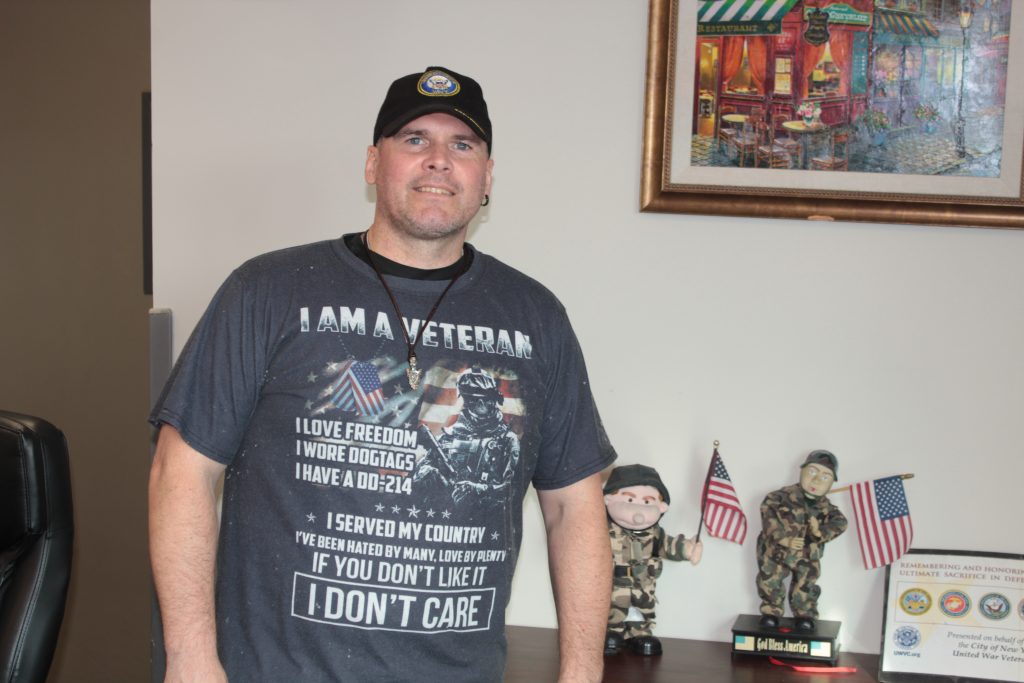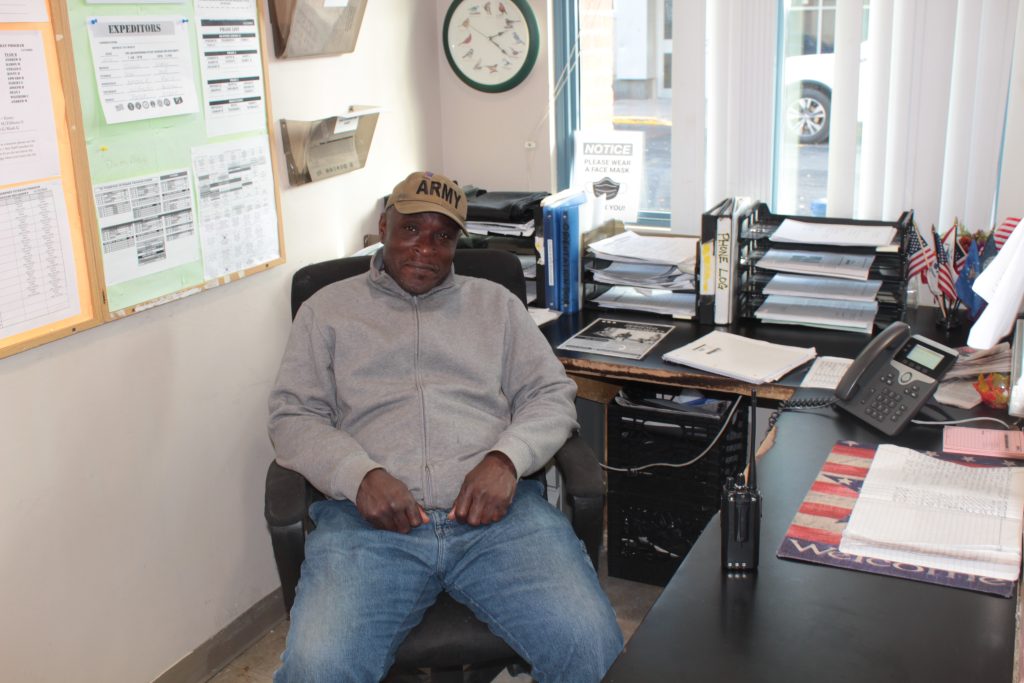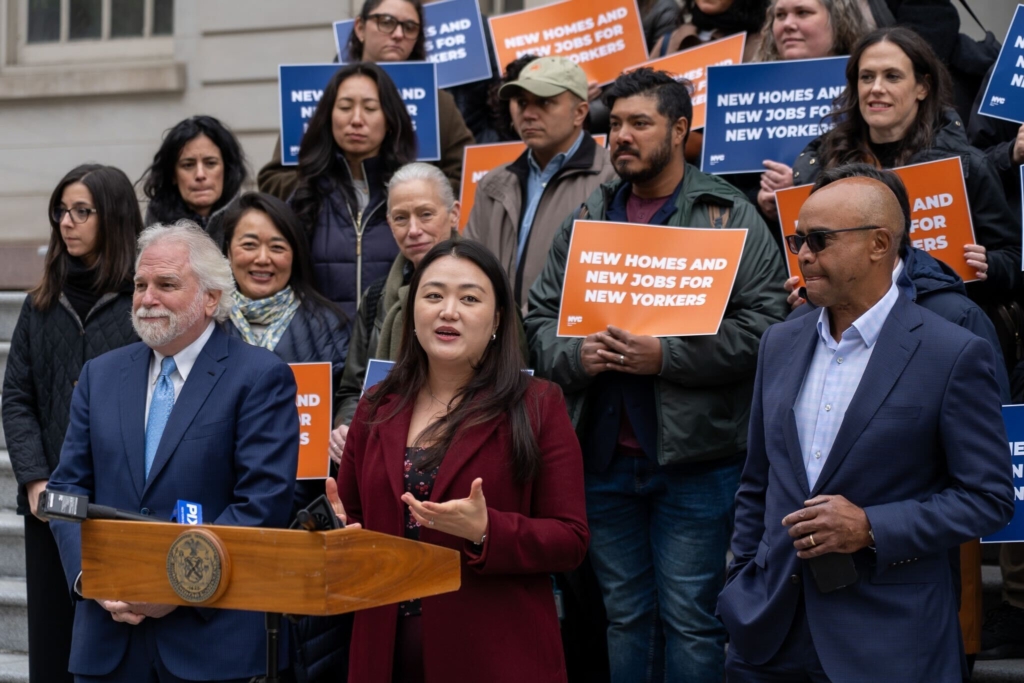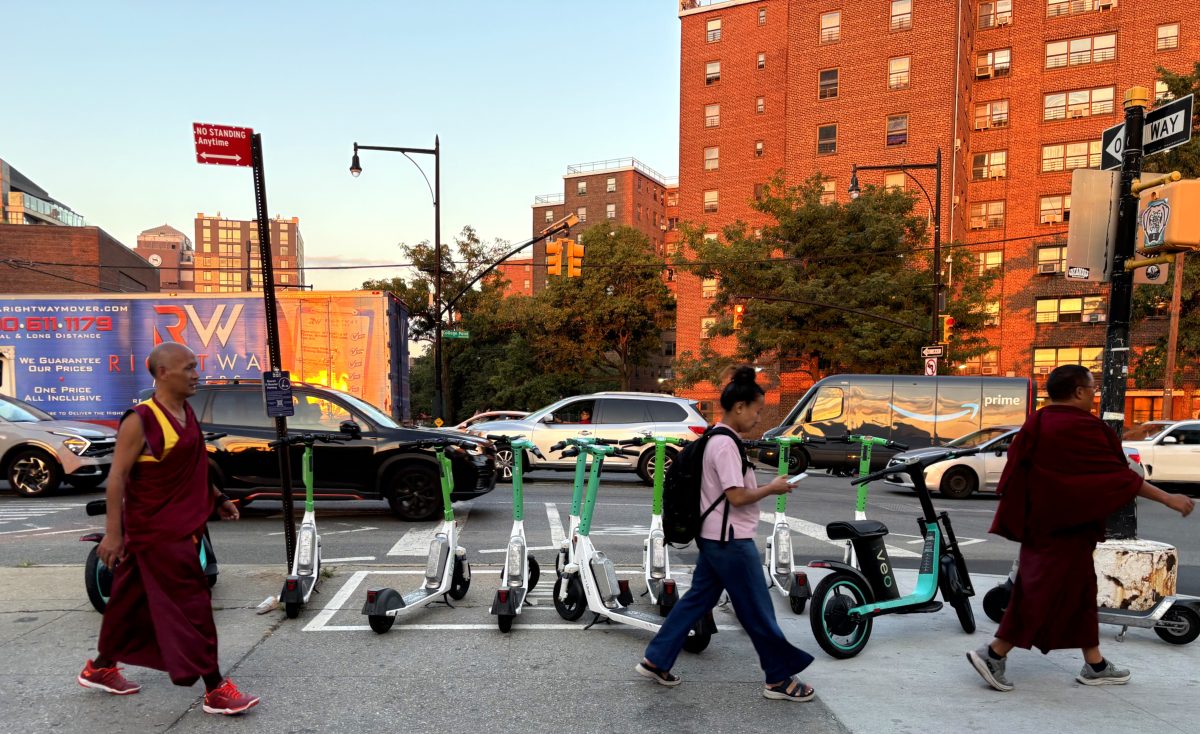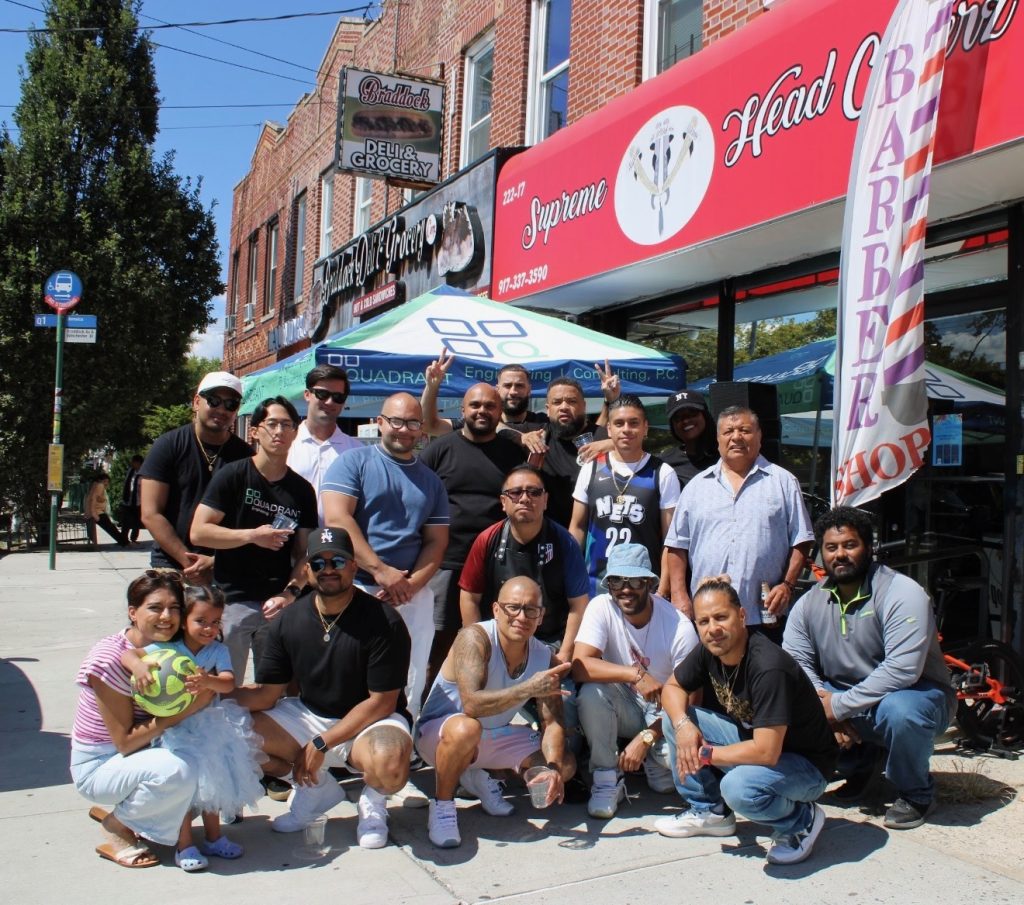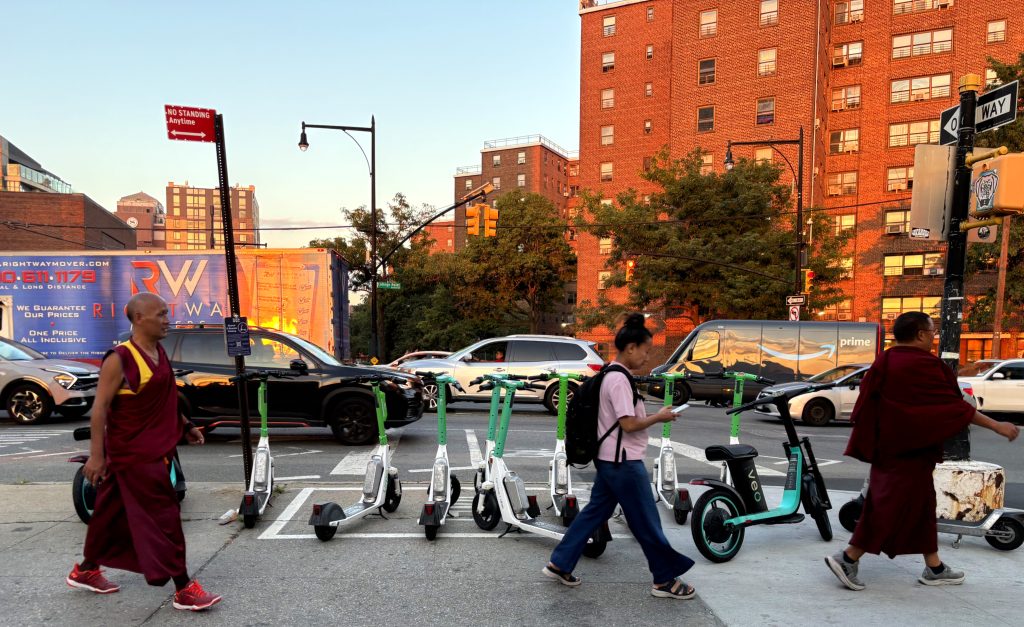
Evening passersby in front of a fleet of Lime e-scooters parked on College Point Boulevard near Citi Field in Flushing, Queens. Photo: Nicholas Gordon
Electronic scooters are having a moment in the Bronx and Queens. It is a moment both celebratory and fraught, with soaring ridership and sobering pushback.
The New York City Department of Transportation Shared E-Scooter Program has seen record ridership since its launch in the East Bronx in August of 2021. As the program expanded into Eastern Queens in 2024, the three companies in the pilot program—Lime, Bird, Veo—logged more than two million total rides for the year. Lime alone reported over 1.1 million trips through June 2025, double the number from the same period the previous year.
Yet even as ridership climbs, New Yorkers are divided on the idea of having e-scooters in their city. Those in favor of e-scooters say they provide accessibility to mass transit hubs, reduce congestion and pollution, and come in handy while running errands around the neighborhood. Skeptics and naysayers report safety concerns, parking problems, and congestion, too.
A Transportation Necessity for Some
For Lime rider Anthony Rodriguez, e-scooters fill a transportation gap in his Bronx neighborhood. “Growing up in Soundview, the public transportation was horrible,” Rodriguez said. “We needed more options.”
Rodriguez, who now lives in Jersey City and works in Soundview, uses Lime everyday for the last leg of his commute after hopping off the ferry. “The e-scooter changed my experience, and it actually helped me determine if I’d take my job,” said Rodriquez, director of performing arts at Kips Bay Boys and Girls club in Soundview.
After raising concerns about haphazard parking, Rodriguez said Lime set up a designated parking area in the neighborhood. He has plans to collaborate on a community art project to paint the parking area “with some Bronx style.”
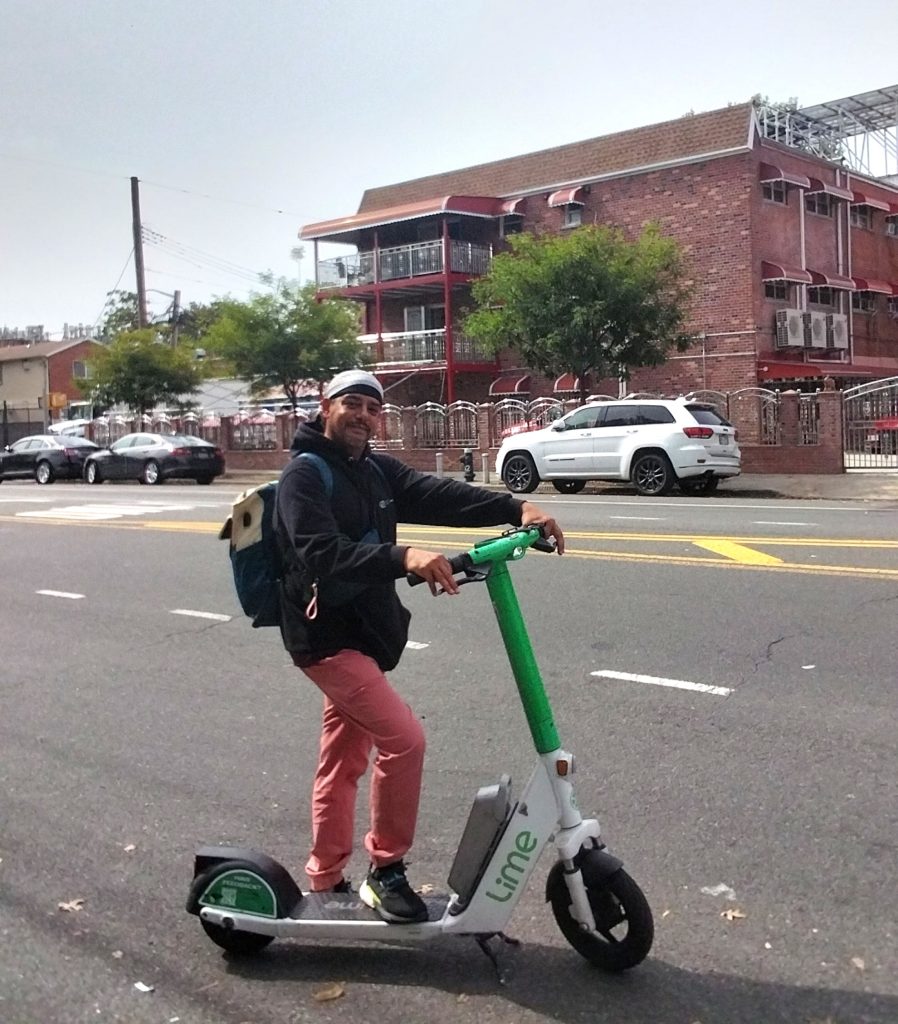
Anthony Rodriguez rides a Lime e-scooter for his daily commute to work in the Soundview neighborhood of the Bronx. Photo: Anthony Rodriguez
Lime Aims for Sustainability and Accessibility
Lime’s mission to provide transportation that is “shared, affordable, and carbon-free,” gels with DOT’s goals of encouraging micromobility and reduced car dependency.
Nicole Yearwood, Lime’s Senior Manager of Government Relations, noted that Lime is seeing some of its highest numbers of rides during commuting hours. “We’re connecting people to their local bus routes and train stations, in the first and last mile of their commute,” Yearwood said. “We also help connect New Yorkers in those hours when transit slows down, after late-night work shifts.”
The company estimates that the 2 million e-scooter trips by New York riders have saved over 500 thousand vehicle trips and over 24,000 gallons of gasoline. Lime aims for sustainability through using renewable energy for its facilities and fleets, and reducing emissions through durability and recycling.
City Officials Push Back in Queens
Several city officials in Queens remain vocal in their opposition to e-scooters. They complain that DOT lacks transparency in dealing with complaints about e-scooters, and has been a no-show for Town Halls to discuss concerns with community members.
“This program has been a total disaster,” said Councilmember James Gennaro in a statement. “The community does not want these scooters here. We call on this Administration and DOT to terminate this program in Northeast Queens immediately.”
Assemblymember David Weprin echoed those concerns, stating, “This e-scooter program is not the right fit for our neighborhoods. As elected officials and local community leaders, we were not consulted for input on the program and our residents’ voices are not being taken into account. There must be more stringent rules on who can operate these scooters and better education about where they can be used and stored.”
Assemblymember Sam Berger of Queens has urged DOT to terminate the e-scooter program in District 27, arguing, “This program has a need and a place but it is not here.”
Councilmember Sandra Ung introduced a bill last fall to ban e-scooters from areas in Eastern Queens, including Flushing, citing safety concerns, existing traffic and pedestrian congestion, and “chaotic deployment.”
The DOT did not respond to multiple requests for comments.

An e-scooter parking corral in the Flushing neighborhood of Queens. The corrals have pleased some locals by curtailing wayward parking, while others find the corrals an inconvenient restriction. Photo: Nicholas Gordon
Addressing the Concerns
Lime, for its part, has addressed these concerns with additional community outreach. Over the summer, the company piloted a “Parking Wardens” program, rewarding riders with free rides and prizes for proper parking.
Lime also continues to partner with community members for new events and initiatives. The company renewed its program connecting baseball fans to Citi Field on game days for the “subway series” between the Mets and Yankees, and sponsored Prime Month festivals in the Bronx and Queens. For New York Fashion Week, Lime collaborated with a Bronx-based jewelry label on a collection including a choker, bracelet, ring, and earrings made from retired scooter parts.
“We want to participate in any community event where we have the opportunity to demonstrate the vehicle to people and show the safety measures and answer questions,” Yearwood said, welcoming invitations to join new community events.
“I’m a lifelong New Yorker but every community is different, so it’s really important for us to create these kinds of local partnerships and get feedback from residents,” she said. “No one knows their community better than the people who are living there day to day.”
Mixed Feelings Persist
On a recent Friday night, Bryan Glenn and Mike Quinteros ventured from New Jersey to Queens for a Mets game. They picked up Lime e-scooters on College Point Boulevard to ride to Citi Field. Upon arriving, they discovered they weren’t allowed to park the e-scooters near the stadium, and had to backtrack. On their return, the e-scooters’ batteries died, forcing the two men to walk their machines through the crowded sidewalks to get to the parking corral.
“For me this is a deal-breaker,” said Glenn, a first-time Lime rider who was overheated from the ordeal on the warm night. “I thought we’d save time getting to the stadium with the scooter but the parking restrictions made us late.”
Quinteros, who has used e-scooters while visiting other cities, said he wasn’t going to give up on them. “Sometimes the no-go zones are massive with these things,” Quinteros said. “It’s just part of the program. We didn’t know the zones around here, but we do now.”
Cheryl Taylor, a passerby on College Point Boulevard observing the scene, said she’s not a fan of e-scooters. “I have small people I take care of and I don’t want them getting hurt,” Taylor said, with her two young sons by her side. “I’m a driver too and it feels dangerous with the scooters on the roads.” Taylor works on College Point Boulevard and lives in the Bronx, where she sees the scooters everyday, she said.
“Some people might like the scooters, they might be fun to ride on a nice day,” Taylor said. “But in my view, some neighborhoods are just too crowded already.”
